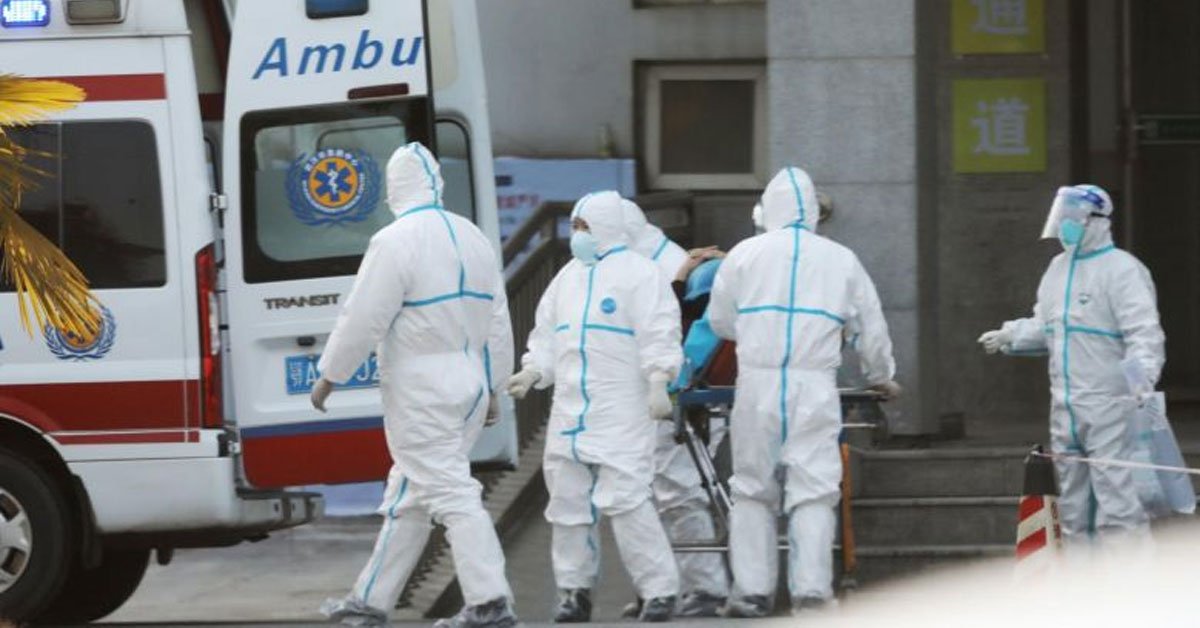Yesterday, the number of Wuhan virus cases in China overtook the number of infected SARS patients back in 2003: it then stood at a whopping 5,974, which is more than the 5,327 infected cases in the entirety of the SARS outbreak in China.
Today, the number went up to 7,711, with a totality of 7,792 worldwide and more counties registered their first confirmed cases.
According to the WHO, the total number of SARS patient is at 8,098 worldwide, and so if you do the maths, you’d know that by now, there should have been more people infected with the Wuhan virus than SARS.
And here’s the bad news: the exponential growth of infected patients only started on around 23 or 24 January 2020, so that means it took just one week to infect more people than SARS (which took about six months to get to that number).
Not gotta lie; I’m legit scared now.
Death Toll Increased to 170
While the number of infected cases is disturbing, the death toll is equally horrifying: in a day, there are 38 new deaths, which led to a total of 170 deaths as of end-yesterday (29 January 2020).
A day before that, the number of deaths is at 26.
All the deaths had occurred in China.
Other than China, there are confirmed cases in 19 other countries (including Singapore), with Thailand being the worst at 14 infections.
Over in Singapore, we currently have 10 confirmed cases.
From the numbers, it looks like WHO is going to declare it as a global emergency, no?
Not, not yet.
WHO Meeting to Decide If It’s Going to be a Global Emergency
Yesterday, the WHO chief Tedros Adhanom Ghebreyesus said, “In the last few days the progress of the virus especially in some countries, especially human-to-human transmission, worries us…Although the numbers outside China are still relatively small, they hold the potential for a much larger outbreak.”
Global Health Emergency, officially known as Public Health Emergency of International Concern (PHEIC), is developed after the SARS outbreak.
History shows that once an outbreak is declared as a PHEIC, WHO was “noted to be more effective in responding to international health emergencies, and that the international system in dealing with these emergencies was ‘robust’”
The latest outbreak to be declared a PHEIC is the Eloba outbreak, which is still ongoing and have killed 2,244 people in Congo and Uganda so far.
Another example of a PHEIC, in which its status as one has been lifted, is the Zika outbreak.
The committee will be meeting today to discuss if this Wuhan virus outbreak should indeed be declared a PHEIC or not.
In the meantime, stay tuned in MOH’s website for the latest update and do get your surgical masks ready.
It’s going to be a long fight.



